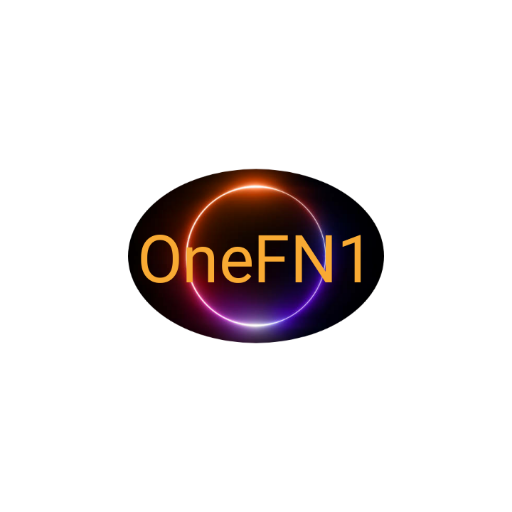In 2021, 61.2 million Americans aged 12 and older used illicit drugs, and over 106,000 died from drug-related overdoses. Florida, ranking second only to California, reported 5,300 annual overdose deaths, exceeding the national average by about 23%. Additionally, excessive alcohol use, a leading cause of preventable death in the U.S., is associated with numerous health issues, including heart disease, cancer, and poor mental health.
Although individuals with substance use disorder use outpatient sober support services and resources, relapse rates are still as high as 70 percent, indicating a need for more treatment modalities.
Innovative Treatment Approach
A new Florida Atlantic University pilot study is showing promise in treating addiction cravings by combining eye movements and guided instructions to process memories. The evidence-based therapy – Eye Movement Desensitization Reprocessing (EMDR) – has proven to be effective in treating PTSD, depression, anxiety, and other mental health conditions. However, research exploring this method for substance use disorder is sparse.
Since cravings are maintained and heightened by sensory imagery stored in memories, with more vivid imagery predicting higher craving intensity, one of the goals of the FAU study was to transform dysfunctional memories stored in the brain through processing and integration. Addiction memory, assumed to be episodic, resembles the maladaptive traumatic memory formation commonly seen in post-traumatic stress disorder.
“Because Eye Movement Desensitization Reprocessing has been shown to reduce the vividness of negative memories associated with trauma, we anticipated that this therapy would also reduce the vivid imagery that fuels addiction cravings,” said Elizabeth Woodruff, first author, a graduate of the Phyllis and Harvey Sandler School of Social Work within FAU’s College of Social Work and Criminal Justice, and a practicing clinical therapist in West Palm Beach. “This method accesses trauma events in very specific ways to reprocess what the individual remembers from the negative event to ‘repair’ the mental injury from that memory.”
FAU’s “Addiction-focused Eye Movement Desensitization Reprocessing” study focused on cravings, perseverative thoughts (repetitive negative thinking), and irrational cognitions about the substance of choice. For the study, researchers tested Addiction-focused EMDR with and without cognitive behavioral therapy, a psycho-social intervention aimed to reduce symptoms of various mental health conditions including depression and anxiety disorders.
Results of the study, published in the Journal of Evidence-based Social Work, showed a significantly high participant retention rate (nearly 100 percent). Addiction-focused EMDR was as effective as cognitive behavioral therapy for cravings with the combination of both resulting in more reduction in craving than cognitive behavioral therapy alone. Both groups (experimental group and control group using only cognitive behavioral therapy) had clinically significant reductions in cravings, perseverative thoughts, and irrational cognitions, with the experimental group showing greater decreases overall.
Broader Implications and Future Research
“While the purpose of our pilot study was to test Addiction-focused Eye Movement Desensitization Reprocessing on chemical addiction cravings, our findings indicate that it also can be highly effective with issues that are not chemical but rather compulsory in nature, such as Internet addiction and gambling. However, more randomized control trials are necessary to confirm our findings and develop a transparent understanding of the number of sessions needed to cultivate statically significant outcomes that are replicable for future studies,” said JuYoung Park, Ph.D., second author and a professor in FAU’s Phyllis and Harvey Sandler School of Social Work.
Results of the study, published in the Journal of Evidence-based Social Work, showed a significantly high participant retention rate (nearly 100 percent). Addiction-focused EMDR was as effective as cognitive behavioral therapy for cravings with the combination of both resulting in more reduction in craving than cognitive behavioral therapy alone. Both groups (experimental group and control group using only cognitive behavioral therapy) had clinically significant reductions in cravings, perseverative thoughts, and irrational cognitions, with the experimental group showing greater decreases overall.
Broader Implications and Future Research
“While the purpose of our pilot study was to test Addiction-focused Eye Movement Desensitization Reprocessing on chemical addiction cravings, our findings indicate that it also can be highly effective with issues that are not chemical but rather compulsory in nature, such as Internet addiction and gambling. However, more randomized control trials are necessary to confirm our findings and develop a transparent understanding of the number of sessions needed to cultivate statically significant outcomes that are replicable for future studies,” said JuYoung Park, Ph.D., second author and a professor in FAU’s Phyllis and Harvey Sandler School of Social Work.
“Importantly, this therapy is a valuable add-on to current addiction treatment to address memories that drive addiction cravings, which also impacts maladaptive thought patterns associated with relapse.”
EMDR Methodology and Participant Experience
EMDR is an eight-phase intervention: in-depth client history, preparation, assessment, desensitization, installment, body scan, closure, and reevaluation.
OneForumNews1

















0 Comments